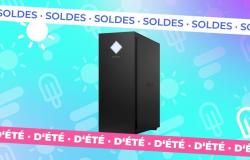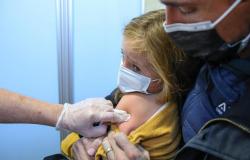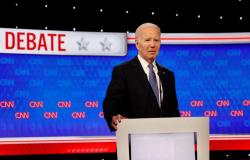The return to Earth of the Boeing Starliner from the International Space Station with its first crew of astronauts has been postponed, NASA announced Friday.
NASA has not given a new date, raising questions about when the mission’s two astronauts will return, as additional testing and technical issues have led to further delays.
The return to Earth was previously scheduled for June 26
The crew of American astronauts Butch Wilmore and Suni Williams took off June 5 in a final demonstration aimed at obtaining NASA routine flight certification.
The crewed test of the spacecraft, which has completed two test flights in space since 2019 without being manned, encountered five failures of its 28 maneuvering thrusters, five leaks of helium meant to pressurize those thrusters and a valve slow propulsion which indicated unresolved problems in the past.
These problems and the additional testing NASA and Boeing have had to perform call into question exactly when the Starliner will be able to bring its crew home, and add to a list of broader problems Boeing faces with its program Starliner. The company spent $1.5 billion in cost overruns, on top of $4.5 billion from its development contract with NASA.
NASA wants the Starliner to become a second U.S. spacecraft capable of transporting its astronauts to and from the ISS, alongside SpaceX’s Crew Dragon, which is the agency’s first spacecraft since 2020. Boeing’s Starliner program has Been dealing with software, design and outsourcing issues for years.
When Starliner arrived near the space station to dock on June 6, the five thruster failures prevented the spacecraft from approaching until Boeing could implement a fix. The company rewrote the software and changed some procedures to restart four of them and proceed with docking.
Starliner’s undocking and return to Earth represent the most complex phases of its test mission. NASA officials said they want to better understand the cause of the thruster failures, valve problems and helium leaks before Starliner begins its roughly six-hour return journey.
With only one of the Starliner’s thrusters still broken, Boeing encountered four thruster issues during the capsule’s uncrewed return from space in 2022.
Under flight rules established jointly by Boeing and NASA, Starliner’s maneuvering thrusters must, at a minimum, allow “6 degrees of control freedom” and each have a backup thruster, a Starliner spokesperson said. NASA to Reuters.
This means that at least 12 of the 28 thrusters – most of which are emergency thrusters – are needed to ensure flight safety, or even fewer, provided that the remaining thrusters have a backup propellant and can operate together in such a way as to not restrict Starliner’s freedom of movement in space. (Reporting by Mrinmay Dey and Joey Roulette; Writing by Sandra Maler and Diane Craft)






